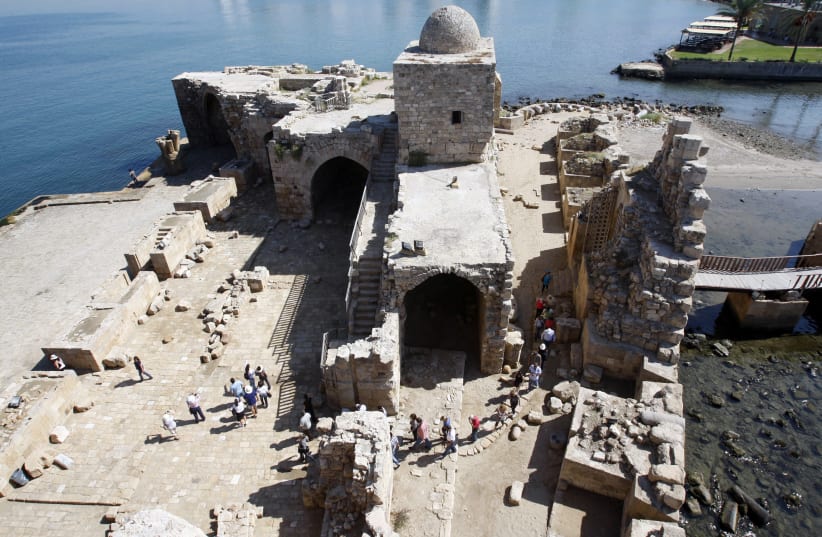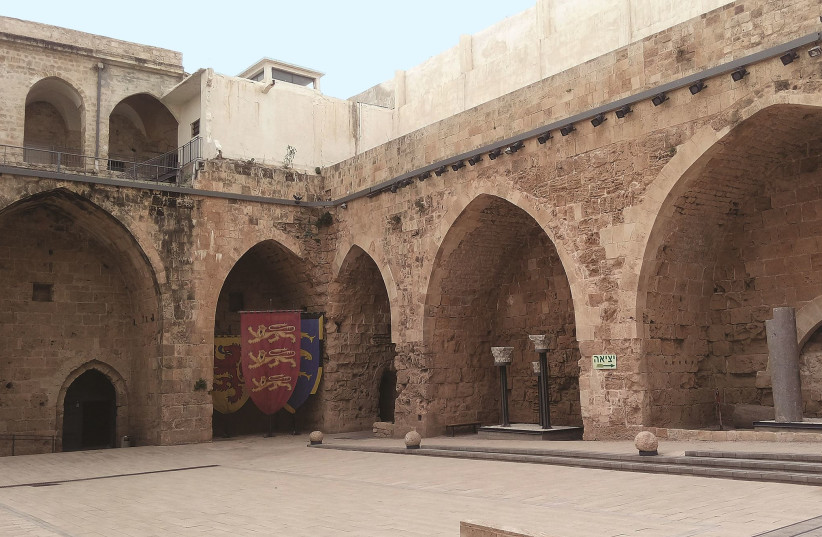A mass grave uncovered in Sidon, Lebanon, has shed new light on the Crusades and on the cruelty of medieval warfare, a new study in the academic journal PLOS ONE has shown.
Archaeologists unearthed a large quantity of human bones in the moat of the Saint Louis Castle in South Lebanon.
The area was first conquered by the Crusaders after the First Crusade in 1110. Some 150 years later, the Christian city was attacked and largely destroyed by the Mamluks in 1253 and then destroyed even more by the Mongols in 1260.
Pursuing the idea of liberating the holy sites from Muslim rule and encouraged by the Roman Catholic Church, European powers and sometimes peoples initiated several military campaigns in the Middle East during those centuries, which led to the establishment of a number of Christian states in the area of modern Israel, Lebanon and Syria, and for a certain period managed to place Jerusalem under Christian rule, following massacres against Jews, both in Europe and in the Middle East.
While widely chronicled in historical documents, very few archaeological remains have been found documenting the battles.
For this reason, the discovery of the mass grave offered unprecedented insights into warfare in medieval times, based on analysis of the type of wounds that were detected on the remains of approximately 25 individuals.
“All the bodies were of teenage or adult males, indicating that they were combatants who fought in the battle when Sidon was attacked,” UK Bournemouth University archaeologist Dr Richard Mikulski, one of the excavators, and a lead author of the study, said. “When we found so many weapon injuries on the bones as we excavated them, I knew we had made a special discovery.”
Separating the bones of each warrior required significant effort.
“To distinguish so many mixed up bodies and body parts took a huge amount of work, but we were finally able to separate them out and look at the pattern of wounds they had sustained,” said Dr Martin Smith, a co-author of the paper.
The scholars detected a high number of unhealed blade wounds, as well as wounds caused by other weapons capable of applying blunt force. In some cases, the wounds on the back of the skeletons suggested that the soldiers were struck down as they were trying to flee, while in other cases, based on a high concentration of blade injuries on the necks, experts believe the men were executed by decapitation.
In addition, archaeologists discovered that the bodies must have been left unburied and exposed to the elements for a period.
“The way the body parts were positioned suggests they had been left to decompose on the surface before being dropped into a pit some time later,” Smith said. “Charring on some bones suggests they used fire to burn some of the bodies.”
This specific find has allowed scholars to present an evocative hypothesis.
“Crusader records tell us that King Louis IX of France was on crusade in the Holy Land at the time of the attack on Sidon in 1253,” Dr. Piers Mitchell, from Cambridge University, and a Crusader expert who participated in the research, said. “He went to the city after the battle and personally helped to bury the rotting corpses in mass graves such as these. Wouldn’t it be amazing if King Louis himself had helped to bury these bodies?”
“So many thousands of people died on all sides during the crusades, but it is incredibly rare for archaeologists to find the soldiers killed in these famous battles,” he stressed. “The wounds that covered their bodies allow us to start to understand the horrific reality of medieval warfare.”

